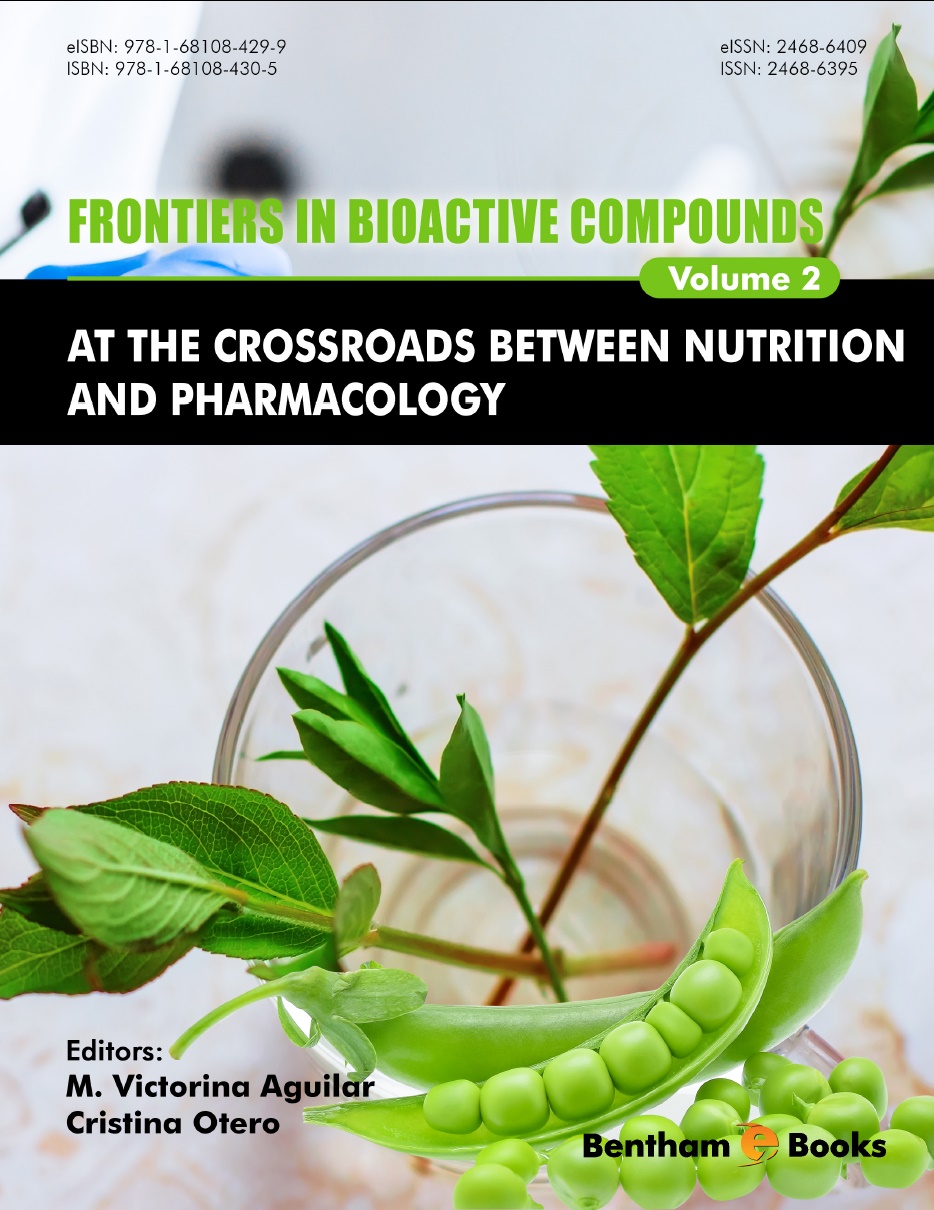Introduction
Functional foods (foods with known bioactive properties) have shown potential for preventive and therapeutic treatments. However, this potential must be safely determined before they enter the commercial market. At the same time, nutrition research is transforming into a data driven field with reference to the identification and development of functional food products due to the large number of variables affecting food biochemistry in the human body. This volume presents reviews of recent advances in food chemistry, food technology and nutraceutical research (for diet therapy and cosmetics).
Chapters in this volume cover a broad spectrum of topics:
- - drug discovery and development in the modern nutraceutical industry,
- - recent developments in the extraction, identification and quantification of bioactive peptides in foods,
- - concepts of bioavailability, bioaccessibility, bioactivity, bioefficiency and bioconversion of bioactive foods,
- - synthetic routes for obtaining bioactive compounds,
- - the role of nutrigenomics to identify key cellular functions by specific genetic and epigenetic interactions with a nutrient,
- - anti-cancer properties of important bioactive components of medicinal plants,
- - the effect of a diet based on different bioactive foods on prevention and treatment of diabetes,
- - antioxidant effects on cardiovascular disease,
- - beneficial effects of bioactive foods on metabolic syndrome,
- - the potential of tauroursodeoxycholic acid on prevention and recovery of neurodegenerative diseases,
- - the effects of natural phytochemicals in prostate cancer,
- - the effects of methylxanthines (caffeine and others), and culinary methods on physiological and toxicological effects of the bioactive food constituents.
The volume is an ideal reference for pharmacy students, nutritionists, healthcare providers and nutraceutical R&D specialists interested in functional foods.

